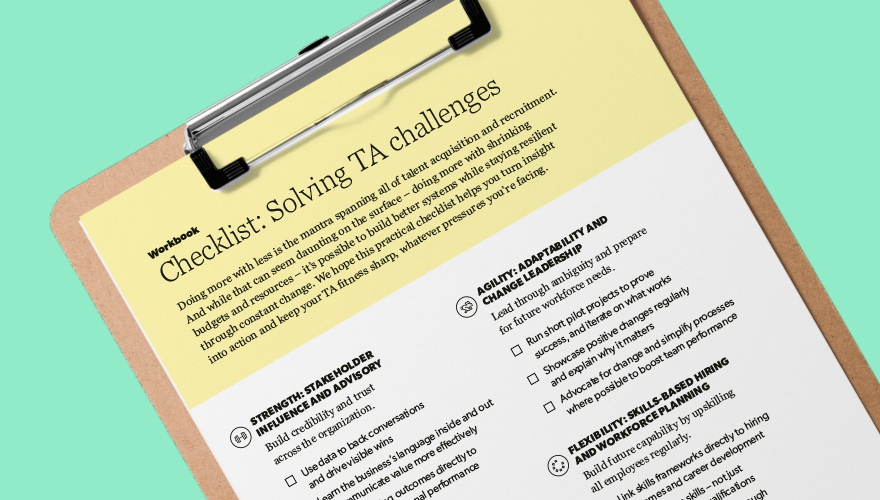Blog
TA doesn't save lives, but we bring in the people who do

Q&A with Victor Gaines, AVP of Talent Acquisition, Wellstar Health
With a career spanning healthcare, telecom, CPG, and financial services, Victor Gaines has led high-volume, high-impact recruiting in complex, regulated environments.
Today, as AVP of Talent Acquisition at Wellstar Health, his remit covers clinical and non-clinical hiring, executive search process enhancement, and recruiting for a new hospital alongside expansion across other sites.
At the heart of his approach is a tight link between TA, Talent Management and Learning, to ensure TA gains a real end-to-end view of talent in the organization. Here, Victor shares how his team is balancing speed, growth, and story to compete in a fierce healthcare market.

Victor gaines
AVP of Talent Acquisition
Victor, you’ve recently joined Wellstar as AVP of TA. What does your world look like right now?
I started in July and report to the Chief Learning and Talent Officer. Our remit is big. We cover around 14,000 hires a year across nurses, frontline clinical roles, and the administrative teams that support them. The TA team is about 85, with 45 recruiters directly in my remit. The network is statewide, which means 11 hospitals and roughly 350 ambulatory and urgent care sites. We are also staffing a brand new hospital two hours outside Atlanta and adding new towers at major sites, so the growth agenda is real.
There is a genuine appetite for innovation here. We are exploring AI, VR, and new training models on both the clinical and administrative sides. Investment in TA is strong – while many organizations are focusing on doing more with less, there is an emphasis here on doing more but with smart investment. Data fluency also features heavily in our day-to-day day conversations, as we have a strong internal workforce planning team and we pair that with market data, so decisions and business cases land quickly.
How does being joined up with Talent Management and L&D change TA in practice?
It gives TA a true end-to-end view. We are in the same conversations about workforce needs, leadership pipelines, employee well-being, career paths, and learning experiences. That means our external story aligns with what people will actually experience when they join. It also sharpens prioritization. If the organization is leaning into early careers or advanced practice pathways, TA knows that first-hand and can build the right pipelines rather than only reacting to requisitions.
In high growth mode, how have you enhanced your TA processes to move faster without losing quality?
We are implementing Phenom on the recruiting side and building an automated screen to interview flow for high-volume clinical roles. If a candidate meets the core criteria, they are auto scheduled to interview within minutes. Interviewers share feedback instantly via a QR code, and we aim to extend offers within hours or the next day. This is reducing fallout and offer declines because we meet great candidates at their moment of intent.
You mentioned data fluency. How do you use this data to win investment?
For our new hospital we mapped, by role, how many hires we could make internally based on multiple factors, how many would come from the local market and how many we would need to attract statewide or nationally. We tied that to recruitment marketing spend by channel and geography. When leaders can see the hire sources and the route to applicant flow, approvals move fast.
How do you keep a large TA team motivated in such a fast-moving market?
We begin all recruiter meetings with a ‘connect with purpose’ story shared on a volunteer basis by a team member. Sometimes it’s a story shared with them by someone who had a family member treated by our care team. Sometimes it’s one of our own team who had a wonderful care experience. TA does not save lives, but we bring in the people who do. Remembering that changes how a tough week feels.
What trends are you watching most closely over the next 12 months?
Automation of low value tasks so recruiters can focus on relationships. Candidate touchpoints that slow us down, such as background checks and feedback loops. The shift from local to regional and national sourcing, which raises the bar on employer brand and story. As our immediate growth completes, I see us moving from aggressive go-to-market to a deeper nurture strategy through CRM, referrals, and early career pathways.
Finally, what is your advice to TA leaders navigating uncertainty?
There is always a new tool. Our job is to solve the right problem in a way that still works a year from now. That means leaning into the process, staying close to the data and being comfortable asking hard questions when the popular hypothesis is not the real issue. Thick skin helps. So does a steady head when the pressure is on.
Set a clear strategy and commit to it. A good strategy carries you through surprises and gives you the credibility to say no to work that does not add value. Secure buy-in from senior HR and TA leadership, then steer against that course. It keeps you out of chaos and focused on what will matter in two to three years, not just two to three weeks.
Dive into more actionable insights
Modernizing talent acquisition requires an actionable approach to technological change, budgetary constraints, and strategic workforce planning. Read more about how to stay future ready from our content series.











